Lingering and Laboring in Loreto

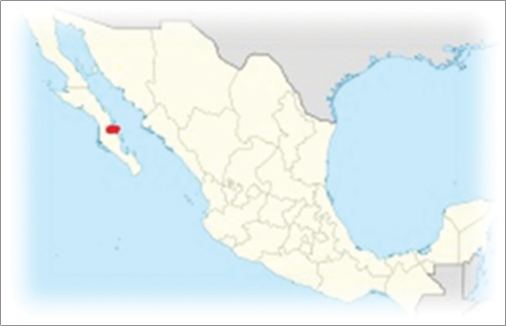
Nestled right on the edge of the Sea of Cortez (Gulf of California) in the Southern part of Mexico’s Baja Peninsula is the “small” town of Loreto, population under 15,000. I had no idea of the important role; it played in the early days of Spanish exploration and occupation, until I visited recently on a weekend dental mission.
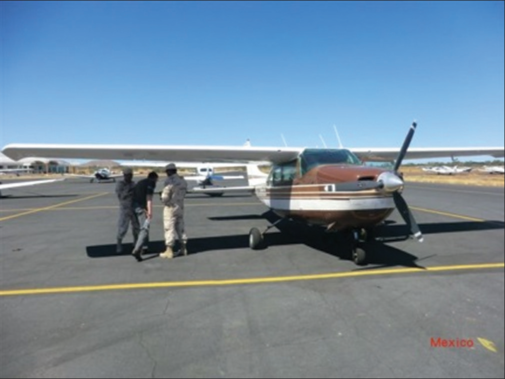
For some 16 years, mission-minded health professionals have been traveling here to provide needed medical services to people in San Javier. This is a small village (population 131) about 21 miles up into the mountains and South-west of Loreto, part of the municipality of Loreto. At some point the Rotary Clubs of Riverside Sunrise, Temecula, and Loreto decided, this was a worthy endeavor and took it on as its outreach project for the Academy of Dentistry International.
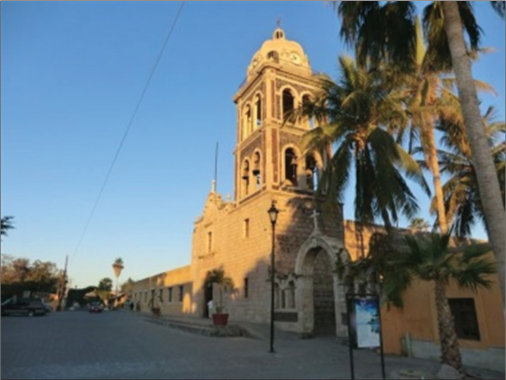
I was a bit hesitant as I drove over to Gillespie Field near San Diego, to meet for the 1st time my pilot of his small plane. Growing up all I heard from my parents was, “Stay out of those little flying machines, they are dangerous!” Doug Cook (I call him Captain Cook) was a smooth operator and very competent during the beautiful 4 h flight along the Baja gulf coastline to Loreto. My fear was gone.
Loreto dates from 1697 when a mission was founded by Jesuit Padre Juan María Salvatierra. It became the first capital of both Alta (the present State of California) and Baja Californias. It was also the oldest mission in the Californias and the first in the El Camino Real chain of missions stretching northward into Alta California, Nuestra Señora de Loreto (Our Lady of Loreto). Seventy-two years later, a Franciscan monk from Mallorca, Spain, Father Junipero Serra, set out from here to establish this chain of missions.
Loreto’s setting on the Sea of Cortez is spectacular with the gold and green hills in various shades, of the Sierra de la Giganta seem to tumble into the deep blue water of the gulf. Interesting that here, the sunrise is over the water, though pictures appear to be sunsets instead. Some claim the skies are clear 360 days of the year, certainly true of our weekend with clear, blue sky, and warm 80° sun.
The trip up to the San Javier clinic took us about 45 min. Moreover, as we came into the village, the beautiful structure sticking its proud dome into the blue sky in the center caught my attention immediately: The mission named Misión San Francisco Xavier de Viggé-Biaundó. As we passed it on our way to the clinic, I noted how clean and well preserved it is. I learned, this is the second mission built, after Loreto.
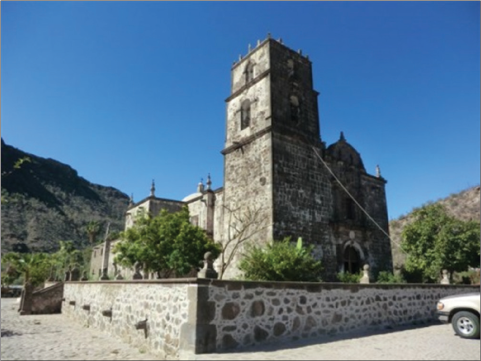
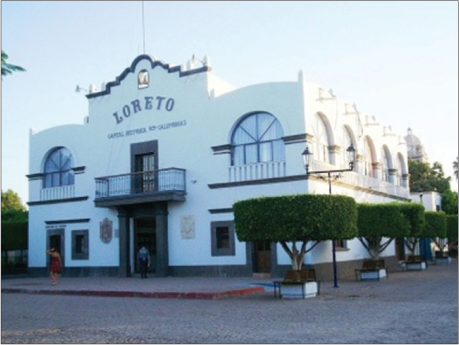
The crowd was waiting as we arrived. Our group included an MD, a dentist, nurses, physical therapist, dental assistant, and auxiliary help. The clinic is small with palm roof, half medical, and half dental with two chairs. The waiting room is pretty much on the porch and it was jam packed with people desperate to be seen.

We worked all day, at times stopping to repair equipment failures. The privilege for me in treating patients is the one on one exchange with the human being sitting in the chair. Moreover, as usually happens, one particular patient stood out from the rest. After a fairly routine surgery, as she stood up to leave she touched my arm and began to tell me in Spanish three different ways (common for Spanish speaking persons) how much she appreciated what I had done for her, how thankful she felt. After she confirmed I understood what she was telling me, I explained back to her that every day I am grateful regardless of the circumstances, my life is filled with feelings of gratitude, that every day is a gift, and we decide what we will do with that gift each day. I told her that for me I was grateful to be there in San Javier and able to help people like her. She smiled big and I knew she understood what I was talking about. The connection had been made; we were both pleased as she departed.


Later, after a full day of work, as we drove back down the winding road out of the mountains and toward the coast with sore backs and tired hands, everyone seemed to be glowing with reward as they chatted about experiences of the day. It was another successful clinic day in San Javier, and we completed what we had come to do, and in the process leaving some footprints and heartprints of love on these isolated people in need. I felt the reward of giving, of service to others, and I felt blessed and fortunate to be there.
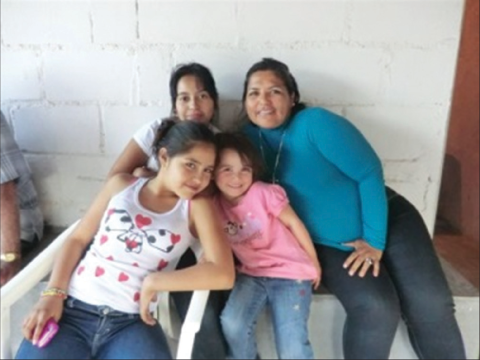
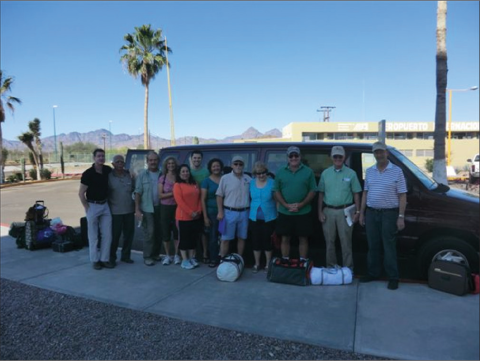
I ran across some words from years ago, that reminded me of why missions are so exciting and rewarding:
“When your life is over, will you vanish with no consequence? Will you fritter your life away with the trivial, only moving dirt? Or will you invest your life in making a difference? The heart cry of every human being is to do something meaningful in life.” Service in missions is one great way to answer this heart cry. As Albert Schweitzer, MD, PhD, said, “I don’t know what your destiny will be, but one thing I do know, the only ones among you who will be happy are those who have sought and found how to serve.”
For more information on San Javier, please contact Jim Rector (airportbum22@att.net) or Dr. Fritz (ronaldefritz.dds@gmail.com)





